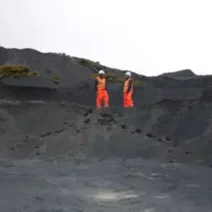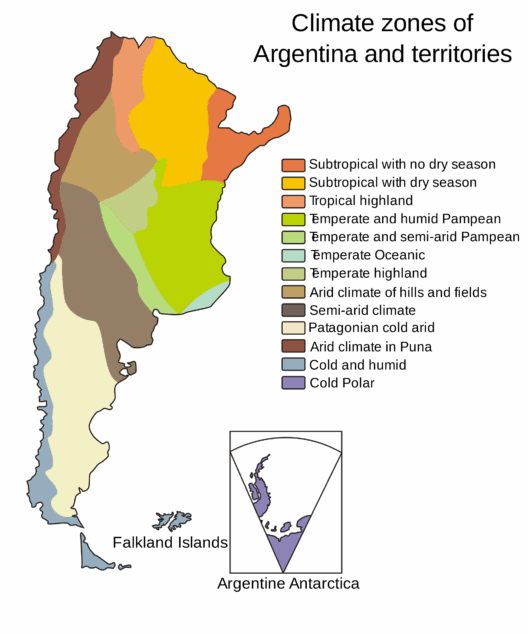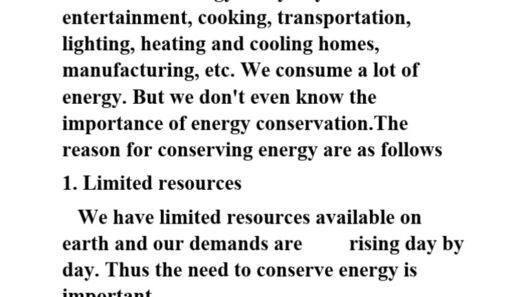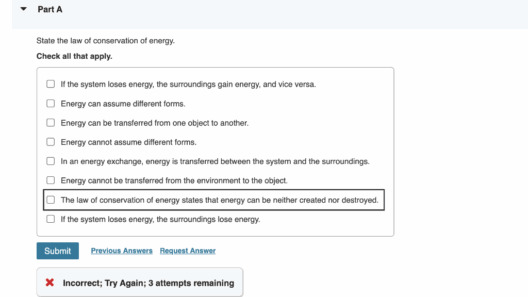To appreciate the world around us, we must first unearth the fundamental principle that governs energy interactions: the Law of Conservation of Energy. This cornerstone tenet of physics posits that energy within a closed system remains constant, transitioning from one form to another, but never vanishing nor spontaneously generating anew. As we delve into this intricate subject, we unravel the beauty and perfection inherent in nature’s balance, demonstrating how energy creates an unbroken continuum through both chaos and order.
What is Energy? A Conceptual Exploration
Energy is an abstract but indispensable concept that defines the capacity to perform work or induce change. It manifests in multiple forms, each fascinating in its own right. Kinetic energy, the energy of motion, dances through a flowing river, while potential energy, dormant and poised for action, lurks in the high branches of a tree. Thermal energy radiates warmth, while electrical energy powers our modern lives through circuits and networks. The diversity of energy forms is staggering; yet, it all unites under the umbrella of the conservation principle, beckoning us to understand not merely the classification of energy but its eternal essence.
The consolidation of energy forms allows for transformative processes to flourish. Take, for instance, the photosynthetic metamorphosis, wherein green plants convert light energy into chemical energy, encapsulated in glucose. The sparking idea of sonorous energy transferring into electromagnetic energy from a golden sunrise makes one marvel at such evolution. Each existing form of energy paradoxically maintains its identity within the symbiotic relationships of ecosystems, machines, and even in the merriment of children playing under the sun.
The Second Law of Thermodynamics: The Dance of Entropy
As we contemplate energy conservation, we cannot ignore its interplay with entropy, the measure of a system’s disorder. The Second Law of Thermodynamics contends that while energy remains consistent, its capability to perform work diminishes over time. This phenomenon manifests in everyday life, observable in the form of energy transformations that often generate heat, releasing energy into the environment.• In the celestial sphere, stars emit light and warmth but ultimately succumb to entropy, marking the inexorable journey towards cosmic equilibrium.
One intriguing illustration of the interplay between energy conservation and entropy is the humble ice cube melting under a radiant sun. Initially, the solid cube embodies potential energy locked within molecular arrangements. As the ice turns to water, the potential energy is transformed into kinetic energy, frivolously flowing in its new liquid state. The energy remains conserved, yes, but the entropy unfolds marvelously, leading to a greater degree of disorder as the cool solidity of ice gives way to the swirling dance of water molecules.
Interpreting Energy in Dynamic Systems
In the multilayered complexities of systems—whether ecological, mechanical, or social—energy remains the lifeblood facilitating transformation and maintaining equilibrium. Each system operates under an intrinsic architecture of energy exchange. For example, in an ecosystem, the sun’s radiant energy fuels the growth of plants, which in turn, by supporting herbivores and carnivores, fortifies the very fabric of life. This dynamic flow of energy echoes the conservation principle, as energy is neither created nor destroyed but perpetually cycled through living organisms.
Mechanical systems illustrate this further; in a pendulum, potential energy reaches its zenith at the apex of each swing, converting to kinetic energy as gravity pulls it downwards. At no moment does energy cease to exist. Rather, it transitions gracefully between states, choreographed by underlying physical laws that govern all phenomena in existence. Aesthetic considerations intermingle with the science—beholding the rhythmic swing of a pendulum is not just an exercise in observation but an invitation into energy’s everlasting ballet.
Applications of the Energy Conservation Principle: An Everyday Reality
Understanding conservation is not merely academic; it informs and enhances our daily existence. Consider the application of this principle in sustainable practices. By optimizing energy usage in our homes through insulation, appliances, and renewable sources, we embrace the humbling knowledge that energy, in its various forms, must be cherished and judiciously converted.
Moreover, in the realm of technology, advancements leading to more efficient energy transformations inspire a paradigm shift towards sustainability. Electric vehicles and solar panels epitomize human ingenuity in harnessing energy while honoring its conservation. As we adopt new technologies, we encapsulate within them an understanding of how to fortify our condition on this planet.
Reflection: The Eternal Balance of Energy
The conservation of energy resonates through the universe’s tapestry, a nod to nature’s perfection and intricacy. It compels us to reflect on our existence: How do we fit into this grand scheme? How can we nurture our awareness of energy, both in terms of its preservation and its power to inspire innovation? As we proceed through our lives, let us engage in responsible stewardship of the energy resources at our disposal. The interaction of energy and matter guides our pathways, narrating a story as old as time itself—a testament to the symbiotic relationship between energy and life.






